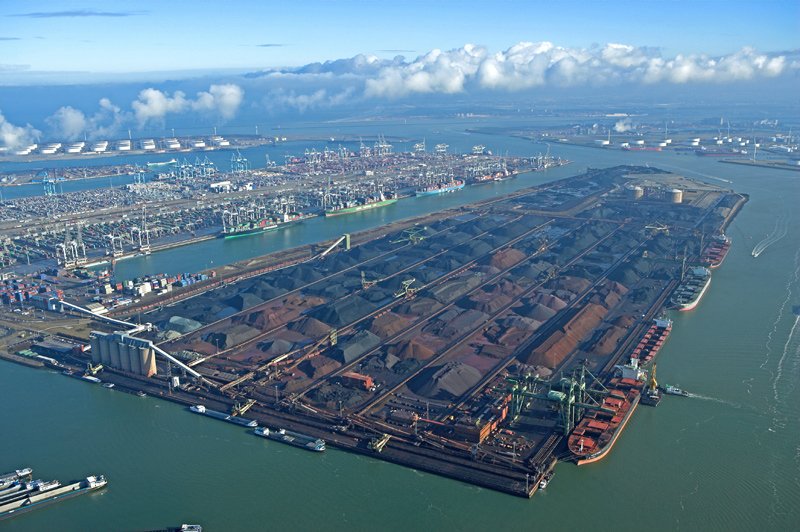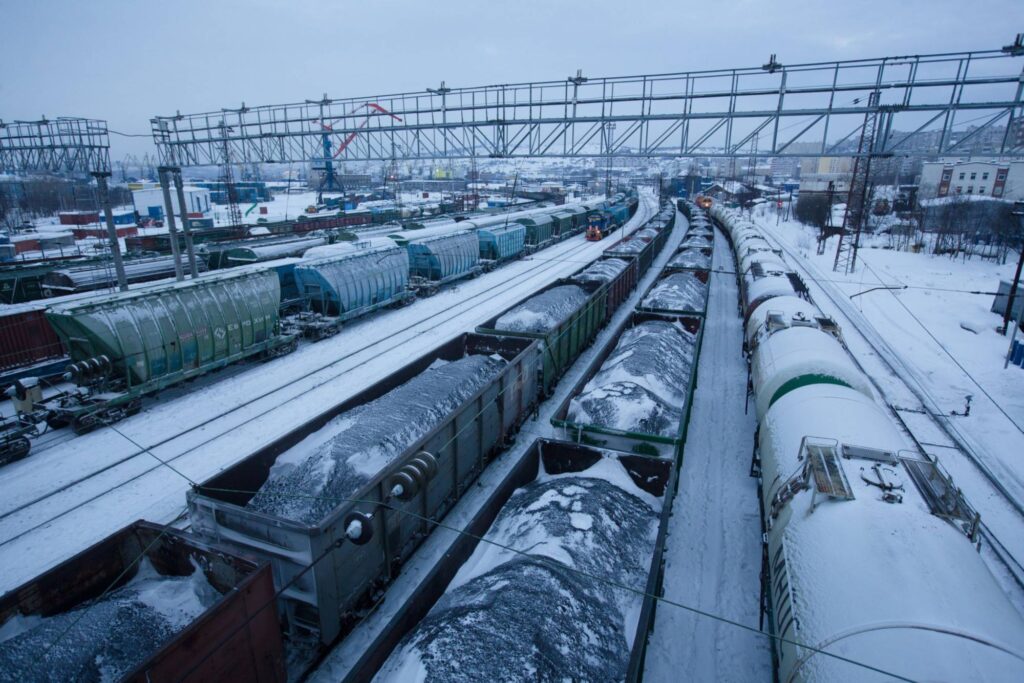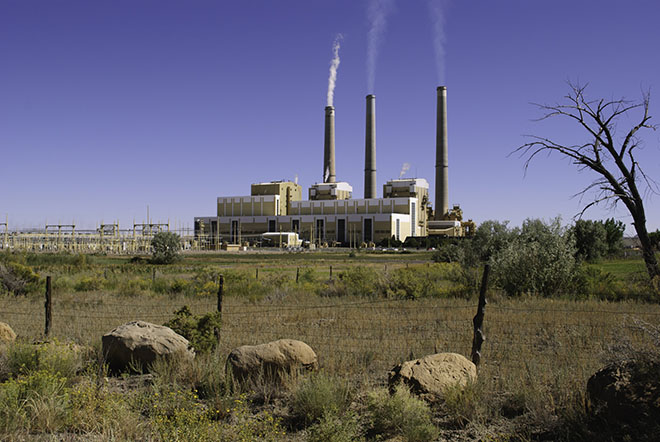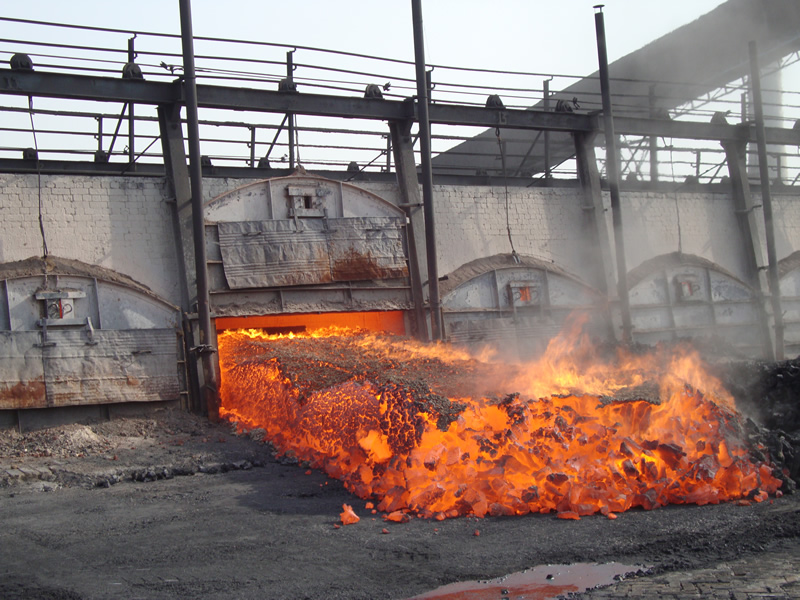European thermal coal imports looked set to reach a nine-month high in January, preliminary estimates showed on Thursday, as low prices encouraged purchases but generation demand remained low.
European countries – excluding Turkey and Russia – were on track to import 3.8m tonnes in total this month, a rise of around 1.3m tonnes from December and the highest since April, according to provisional data from consultancy Kpler. The Netherlands, with large import hubs at Rotterdam and Amsterdam, would import 2.1m tonnes, which would be nearly 1m-tonnes higher on the month. Spain would be the second-largest importer, taking around 0.49m tonnes, followed by Germany with 0.35m tonnes.
Amid strong arrivals and relatively weak generation demand, coal stocks at Amsterdam, Rotterdam and Antwerp (ARA) import terminals were pegged this week at a seven-week high of 5.9m tonnes, according to Montel estimates. As such, the API 2 front-month coal contract – which reflects coal for delivery in northwest Europe – has so far this month averaged just USD 102/t, compared with USD 111/t in the same period last month, on Ice Futures.
Well covered
A portfolio manager with a German energy firm said most utilities had already purchased sufficient supply to cover their projected requirements in the first quarter of the year and for much of the second quarter. But he added generation demand was weak amid poor profitability for coal-fired units.
“We’re seeing very weak clean dark spread margins,” he said, regarding the profit margins for burning coal to produce power.
The German clean dark spread – the profit margin for hard coal plants with an average efficiency of 42% – based on prices for next month, was last pegged at EUR -10.92/MWh, Montel calculations showed. The equivalent margin for gas units stood at EUR -0.88/MWh. He attributed the poorer margins to prolonged weak power demand and low competing gas prices.
Yet despite the projected month-on-month rise, total imports would still be 2.1m tonnes – or 36% – lower than in January last year, the data showed. Last winter, European buyers were still concerned about possible supply shortfalls in the wake of sanctions placed on Russian exports since August 2022 in response to the war in Ukraine.










